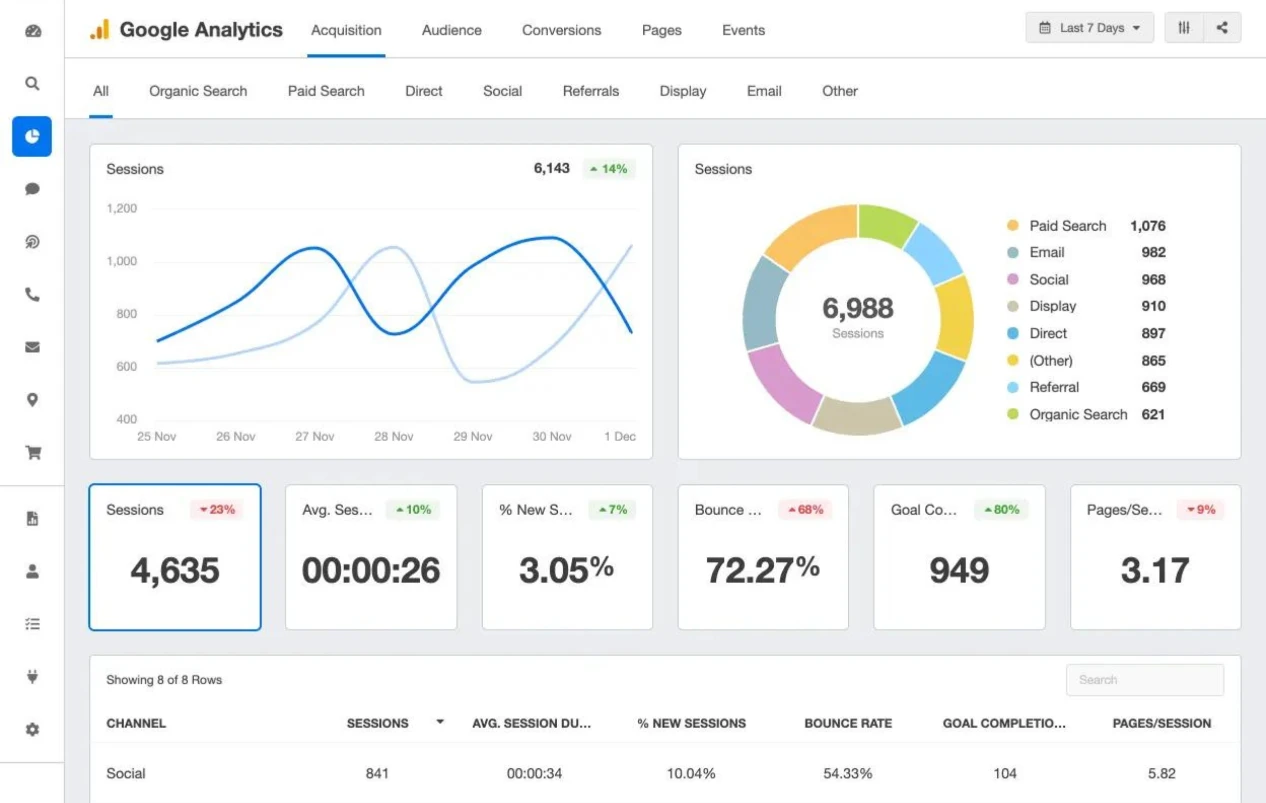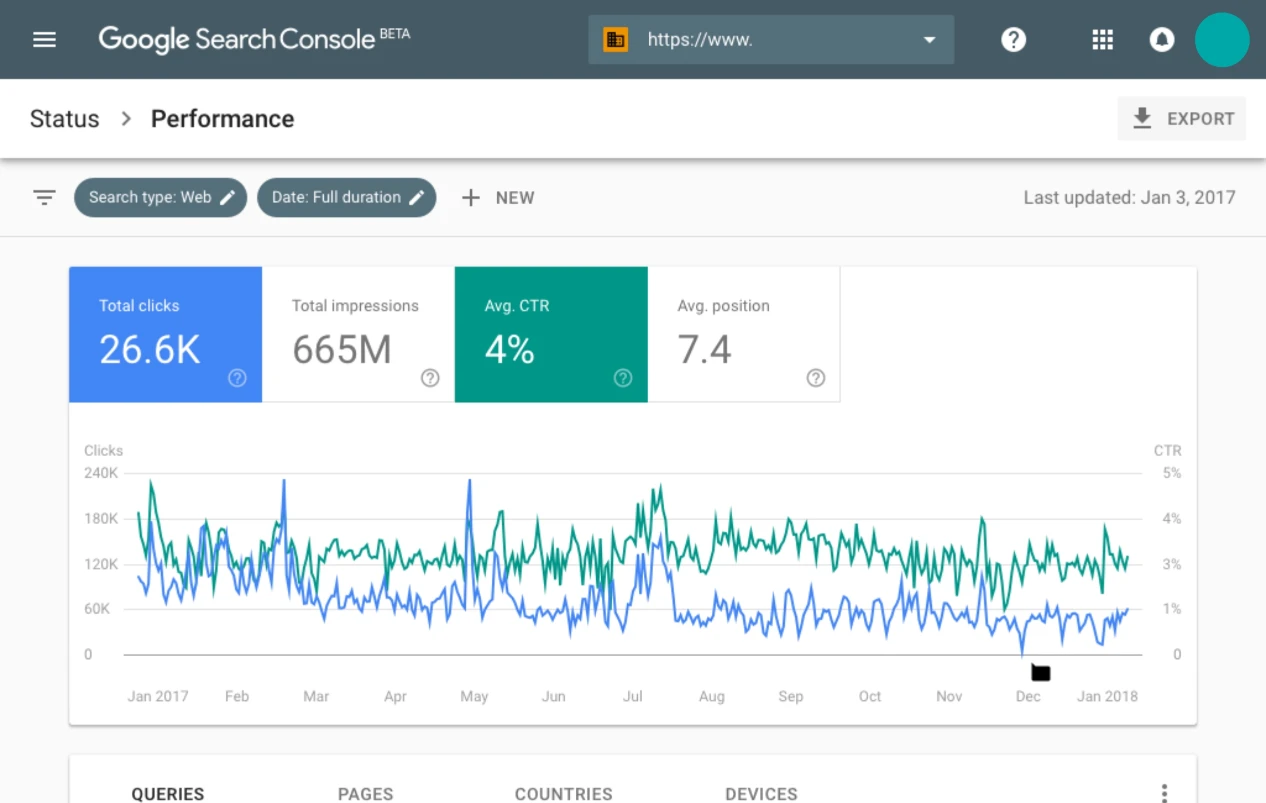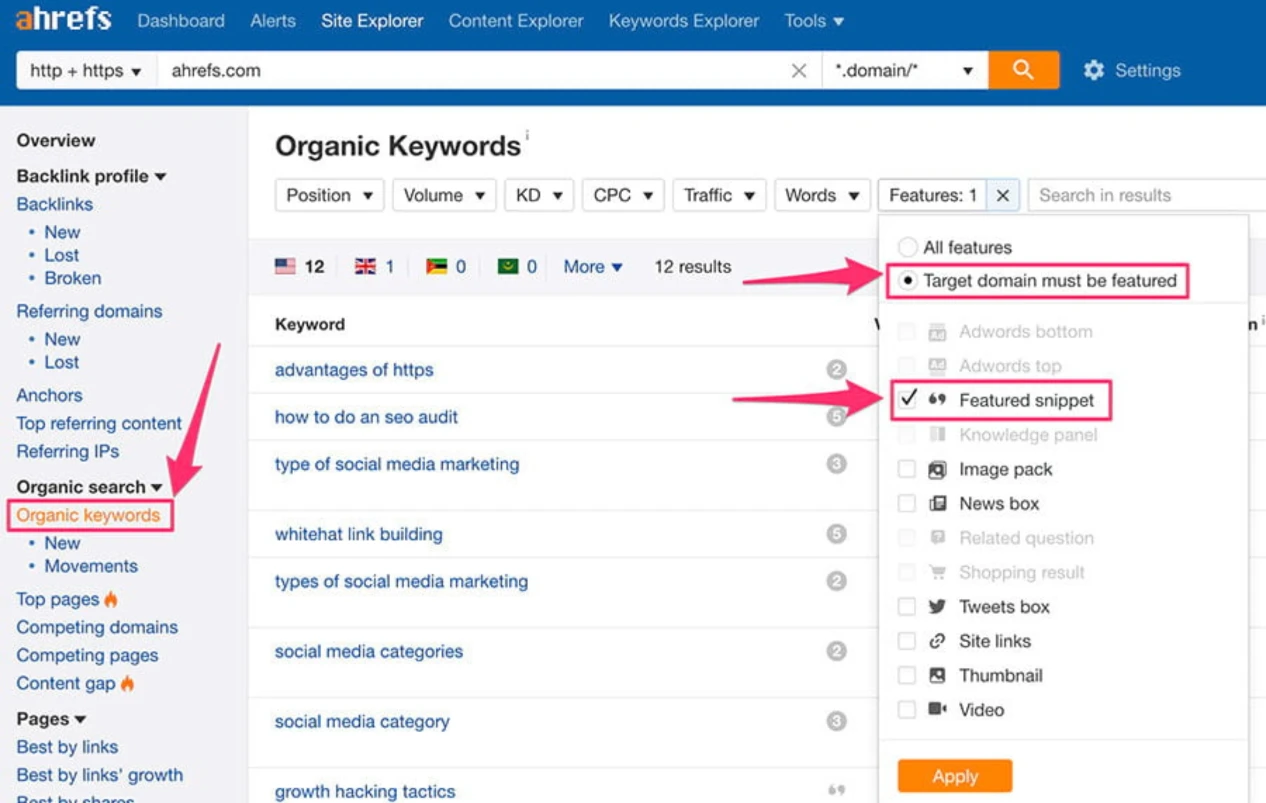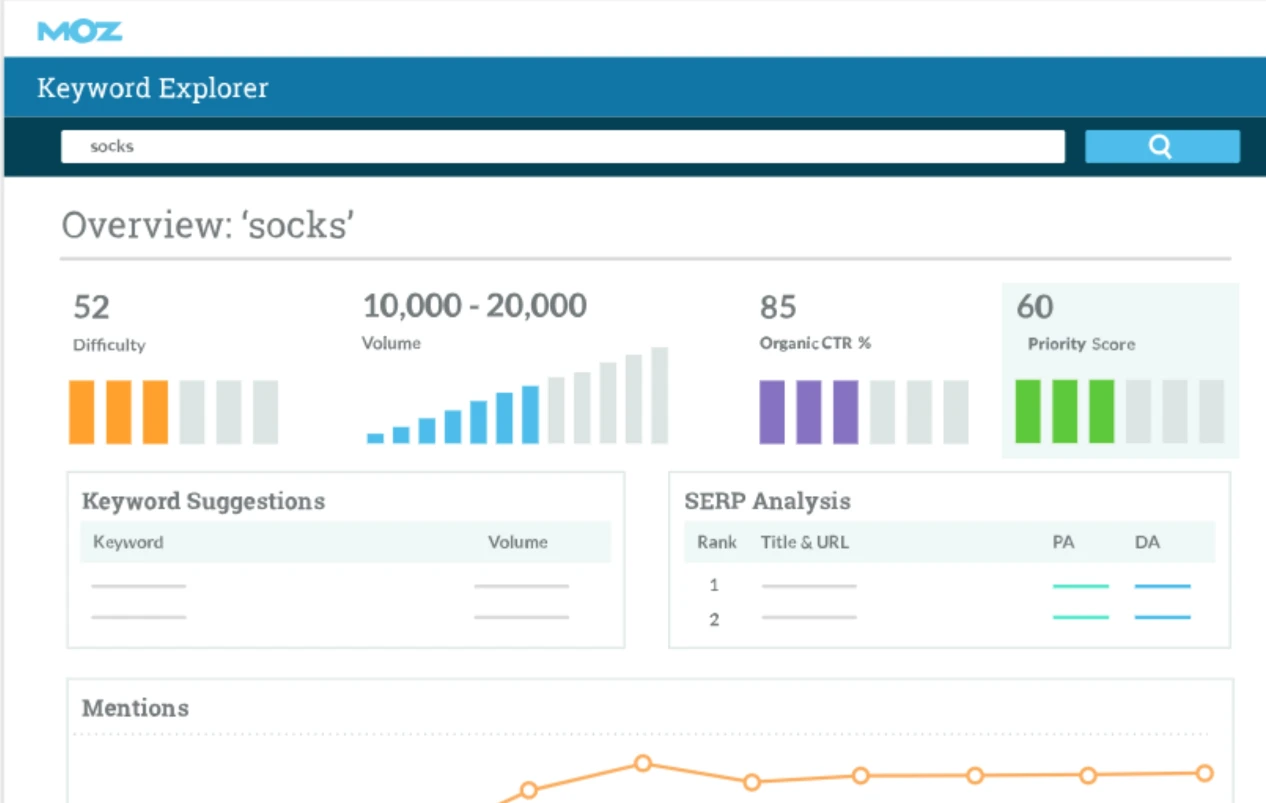How UX and SEO Collaborate to Maximize Performance: A Winning Combination
In today’s digital landscape, user experience (UX) and search engine optimization (SEO) are not just buzzwords, but key components of any successful online strategy. When combined effectively, UX and SEO work hand in hand to create a winning formula for maximizing website performance.
But what exactly is the relationship between UX and SEO? Well, it’s quite simple. UX focuses on creating a seamless and enjoyable experience for users when they visit a website, while SEO ensures that the website ranks high in search engine results. When these two elements collaborate, the result is a website that not only looks great but also drives traffic and conversions.
In this article, we will delve into the symbiotic relationship between UX and SEO and explore how they can work together to optimize website performance. We will discuss the importance of user-friendly design, intuitive navigation, mobile optimization, and relevant content for both users and search engines. So, if you’re ready to take your website to the next level and create a winning combination of UX and SEO, read on.
We’ll explore the synergy between UX and SEO, akin to the harmony achieved by Adzeem’s web design service, ensuring a website is not only aesthetically pleasing but also optimized for search engine performance.
Understanding UX: Definition and Key Elements

User experience (UX) refers to the overall experience a user has when interacting with a website or application. It encompasses various aspects, including design, usability, accessibility, and overall satisfaction. A well-designed UX focuses on providing users with a seamless and enjoyable experience, which leads to increased engagement, conversions, and customer loyalty.
To create a great UX, several key elements must be considered. First and foremost, the design should be visually appealing and consistent with the brand’s identity. Clear and intuitive navigation is also essential to help users find what they’re looking for quickly and easily. Additionally, fast loading times, responsive design for mobile devices, and accessibility features for users with disabilities are crucial for creating an inclusive and user-friendly experience.
Understanding SEO: Definition and Key Strategies

Search engine optimization (SEO) is the practice of improving a website’s visibility and ranking in search engine results pages (SERPs). The goal of SEO is to drive organic traffic to a website by optimizing its content, structure, and technical aspects. By aligning a website with search engine algorithms, SEO helps businesses reach their target audience and increase their online visibility.
There are several key strategies involved in SEO. Keyword research plays a significant role in identifying relevant search terms that users are likely to use when looking for information related to a particular topic or product. On-page optimization involves optimizing the website’s content, metadata, and headings to improve its relevancy to search queries. Off-page optimization focuses on building high-quality backlinks from reputable websites to improve the website’s authority and credibility in the eyes of search engines.
When we discuss the importance of SEO, it’s essential to tailor strategies to the scale and nature of the business. SEO strategies for small businesses are designed to optimize online visibility and reach, ensuring that small enterprises make a significant mark in the digital space.
The Relationship Between UX and SEO: How They Complement Each Other
The relationship between UX and SEO is symbiotic, as they complement each other to create a holistic approach to website optimization. UX focuses on creating a positive experience for users, while SEO ensures that the website ranks high in search engine results. When these two elements collaborate, the result is a website that not only looks great but also drives traffic and conversions.
A well-designed UX helps improve SEO by increasing user engagement metrics, such as time on site, pages per visit, and low bounce rates. When users have a positive experience on a website, they are more likely to stay longer, explore more pages, and convert into customers. These positive engagement signals send a signal to search engines that the website provides valuable content and should be ranked higher in search results.
Conversely, SEO impacts UX by optimizing website structure, navigation, and content. An SEO-friendly website structure ensures that search engines can crawl and index the website’s pages effectively. This makes it easier for users to find the information they’re looking for and navigate the website seamlessly. Additionally, content optimization ensures that the website’s content is relevant, informative, and accessible to both users and search engines.
How UX Impacts SEO: User Engagement, Bounce Rate, and Time on Site

User engagement is a crucial metric that search engines use to determine the quality and relevance of a website. When users spend more time on a website and interact with its content, it signals to search engines that the website provides valuable information and should be ranked higher in search results.
A well-designed UX can significantly impact user engagement metrics. By providing users with a seamless and enjoyable experience, they are more likely to stay longer on a website, explore more pages, and interact with its content. This not only improves SEO but also increases the chances of conversions and customer satisfaction.
Another important UX factor that impacts SEO is the bounce rate. The bounce rate refers to the percentage of users who leave a website after viewing only a single page. A high bounce rate indicates that users did not find what they were looking for or were not satisfied with the website’s content or usability. A low bounce rate, on the other hand, signals to search engines that users found the website valuable and engaging.
In the section on how UX impacts SEO, we delve into the importance of user engagement and how it is measured. One crucial aspect is understanding social media metrics, which give insights into the effectiveness of social media marketing, driving engagement and conversions.
How SEO Impacts UX: Website Structure, Navigation, and Content Optimization

SEO plays a critical role in optimizing website structure, navigation, and content to improve UX. A well-structured website ensures that search engines can crawl and index its pages effectively. This means that users can find the information they’re looking for easily and navigate the website seamlessly.
Keyword research is an essential aspect of SEO that impacts both UX and content optimization. By identifying relevant keywords, businesses can create content that aligns with users’ search intent and provides them with valuable information. This helps improve the overall user experience and increases the chances of conversions.
Additionally, SEO helps optimize website navigation by ensuring that the website’s menus, categories, and internal linking are intuitive and user-friendly. When users can navigate a website easily, they are more likely to find what they’re looking for and stay longer on the site.
In the section about understanding UX, we highlight the importance of staying updated with the latest design innovations. web design trends 2023 offers insights into modern, engaging, and user-friendly designs that contribute to an enhanced user experience.
Best Practices for UX and SEO Collaboration

To create a winning combination of UX and SEO, it’s important to follow some best practices that ensure both elements work together seamlessly. Here are some key practices to consider:
1. Conduct User Research
Understand your target audience’s needs, preferences, and pain points to design a UX that caters to their specific requirements.
2. Perform Keyword Research
Identify relevant keywords that align with your target audience’s search intent and incorporate them into your website’s content.
3. Optimize Website Structure
Ensure that your website’s structure is logical, with clear categories and menus that make it easy for users and search engines to navigate.
4. Create High-Quality Content
Develop informative, engaging, and relevant content that provides value to your target audience and aligns with their search queries.
5. Optimize for Mobile
With the majority of internet users accessing websites through mobile devices, it’s crucial to optimize your website for mobile responsiveness and usability.
6. Improve Page Loading Speed
Users expect websites to load quickly, so optimize your website’s performance to deliver a fast and seamless experience.
7. Monitor and Analyze Data
Regularly track and analyze key metrics, such as user engagement, bounce rate, and conversion rates, to identify areas for improvement and make data-driven decisions.
Case Studies: Examples of Successful Collaboration between UX and SEO
To further illustrate the effectiveness of combining UX and SEO, let’s look at some real-life case studies:
1. Airbnb

By focusing on improving the user experience and optimizing their website for search engines, Airbnb managed to increase their organic search traffic by 300%. They achieved this by conducting extensive keyword research, optimizing their website structure, and creating high-quality content.
2. Etsy

Etsy improved its UX by implementing a responsive design, optimizing its website’s navigation, and creating user-friendly product pages. This, combined with their SEO efforts, resulted in a 91% increase in organic search traffic and a significant boost in conversions.
Tools and Resources for Optimizing UX and SEO
To optimize the collaboration between UX and SEO, several tools and resources can assist:
1. Google Analytics

This free tool provides valuable insights into user behavior, engagement metrics, and conversion rates.
Website: Google Analytics
2. Google Search Console

This tool helps monitor the website’s performance in search results, identify indexing issues, and optimize content for better visibility.
3. Ahrefs

This tool allows businesses to conduct keyword research, track backlinks, and analyze competitors’ strategies.
Website: ahrefs.com
4. Moz

Moz offers a suite of SEO tools, including keyword research, site audits, and backlink analysis.
Website: moz.com
Conclusion: The Future of UX and SEO Collaboration
The symbiotic relationship between UX and SEO is crucial for maximizing website performance in today’s digital landscape. When UX and SEO collaborate effectively, a website can provide a seamless and enjoyable experience for users while driving organic traffic and conversions.
By understanding the key elements of UX and SEO, implementing best practices, and utilizing the right tools and resources, businesses can create a winning combination that optimizes website performance and sets them apart from the competition. It’s clear that the collaboration between UX and SEO is not just a trend but a necessity for long-term success in the digital world.
So, if you’re ready to take your website to the next level and create a winning combination of UX and SEO, start implementing these strategies today and reap the benefits of improved user experience, increased traffic, and higher conversions.
In the conclusion, as we emphasize the future of UX and SEO collaboration, utilizing services like Adzeem SEO service can be pivotal. It ensures that businesses are equipped with expert strategies, tools, and insights to optimize website performance and user experience.
